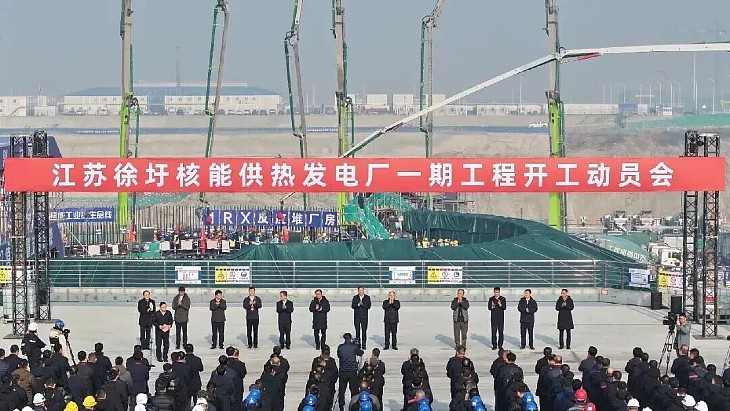Most of the world's research reactors were built in the 1960s and 1970s using technology that required HEU to perform experiments. However, such HEU fuel could potentially be used to make a nuclear weapon and is therefore seen as a proliferation risk. Much of this research can now be carried out using LEU, of which uranium-235 accounts for less than 20%.
To resolve the issue, since 1978 multiple research reactor operating states have signed International Atomic Energy Agency-supported agreements for the conversion of research reactors to LEU fuel. Kazakhstan joined the agreement in early 2000.
In 2010, the NNC commenced a project to convert the IVG.1M reactor to using LEU fuel instead of HEU fuel. By the end of 2013, theoretical and computational work had been conducted, which confirmed the feasibility of the IVG.1M reactor conversion without deteriorating characteristics.
In 2014, two experimental channels with LEU fuel manufactured by Russia's FSUE SIA LUCH were supplied for reactor tests. Reactor tests were started in 2017 and completed in October 2019 after reaching the target operating time of 1080 MWh, with a total of 49 reactor start-ups.
In September 2020, Kazakhstan and the USA signed a joint statement in which they committed to converting the IVG.1M research reactor from HEU to LEU fuel in 2021. The joint statement marked the transition to the final phase of conversion of the reactor, which the two countries have been collaborating on for more than 10 years.
The first technological channel with LEU fuel was loaded into the reactor on 31 March this year.
NNC announced on 6 May that, following the completion of the fuel conversion project, workers at Kurchatov had successfully performed the physical start-up of the IVG.1M reactor using LEU fuel.
It added: "Currently, the first stage of LEU fuel reactor commissioning is ongoing, specifically, the physical start-up of the IVG.1M reactor. Following the next stage – reactor power start-up and experimental determination of required characteristics of the new core - the IVG.1M reactor will be commissioned.
"Therefore, by 2023 research in the peaceful use of nuclear power shall be resumed at the IVG.1M reactor. Moreover, according to the calculations made, we will be able to preserve and even improve the reactor's output characteristics."
The water-cooled IVG.1M reactor was commissioned in 1975 and was established in 1990 as a result of the modernisation of the high-temperature gas-cooled IVG.1 reactor, which was originally designed for the testing of fuel assemblies and the cores of high-temperature gas-cooled reactors. During the modernisation, the gas-cooled active zone of the reactor was moved to the water-cooled zone.
Recent research at the reactor has included studies on ITER structural material interaction with hydrogen and its isotopes under reactor irradiation condition, as well as the study of reactor radiation scattering in the atmosphere to validate the safety of nuclear power.

.jpg)




_28178.jpg)
_66891.jpg)
_16128_62584.jpg)





